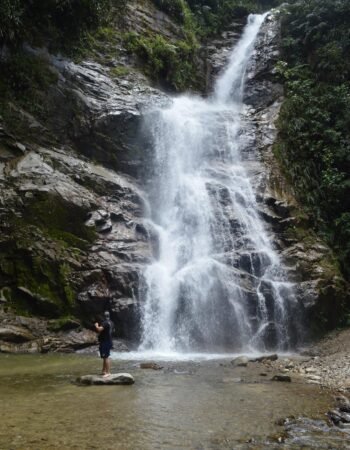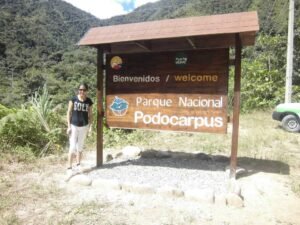Exploring the Wonders of Podocarpus National Park
Podocarpus National Park, established in 1982, is a remarkable protected area located in the Zamora-Chinchipe and Loja provinces of Ecuador. Spanning an impressive area of 1,462.80 km², this park serves as a vital ecological zone, straddling the base of the Andes and the watersheds of the Nambala, Nangaritza, and Loyola rivers. The park features a rich diversity of habitats, contributing to its classification as a megadiverse zone with numerous endemic species.
Ecological Significance
What sets Podocarpus National Park apart is its convergence of four distinct ecological systems: Northern Andes, Southern Andes, Amazonian, and Pacific. This remarkable intersection allows a variety of flora and fauna to thrive. While substantial research has been conducted on parts of the park’s biodiversity, many species remain undiscovered, underscoring the park’s ecological importance and the ongoing need for exploration and conservation.
Access and Terrain
The park is accessible via two main entry points: the Cajanuma sector and the Bombuscaro sector. Cajanuma offers access to elfin forests and paramo habitats at significantly elevated areas, while Bombuscaro leads visitors through lower montane forest environments. For those looking for a more adventurous exploration, there are alternative, less guarded entrances, including Romerillos and Cerro Toledo, allowing for a variety of routes for hikers and researchers alike.











